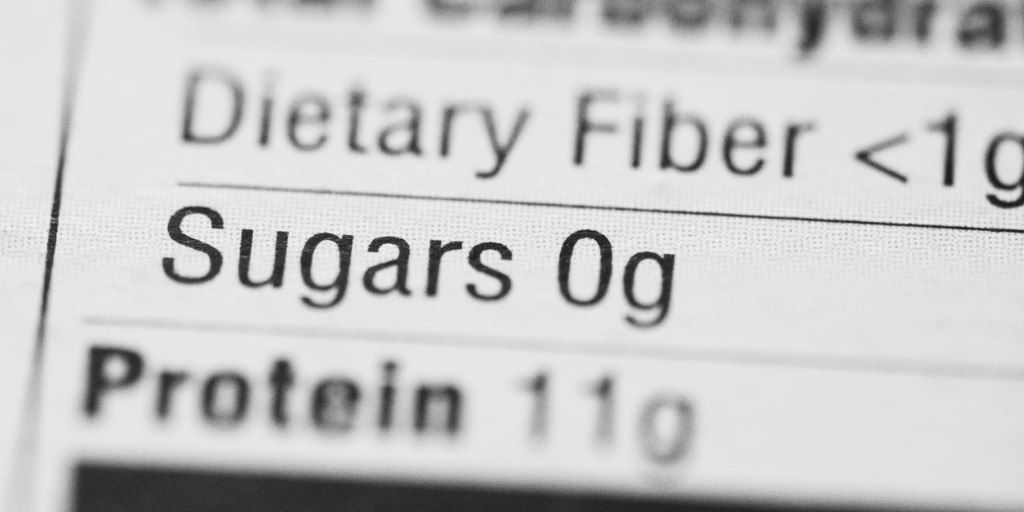June 5th, 2020 | 2 min. read

Natural sugars. Added sugars. Total sugars. Don't they all sound the same? What are the differences between each? Are they all bad? It's definitely confusing. In this video, Midlothian health coach Jaime Monsen breaks it down. Watch the video below and read on for a full recap.
Natural sugars are just that — they are naturally found in our world. Any kind of fruit will be a natural sugar. Some of them have a higher glycemic index on them than others, but they are nature's candy. It's your way of eating natural candy, but you get the benefits of vitamins and minerals.
Vegetables are also natural sugars. Each vegetable is different, too. For example, carrots have more naturally occurring sugars than broccoli.
Added sugars are also pretty self-explanatory. They are sugars that are added to our foods and products. There are more than 50 different words for added sugars. The easy one is refined sugars, which are added to baked goods like cookies. Honey is an added sugar. Cereals are a big culprit when it comes to added sugar. Anything with an "-ose" on the end of the word, such as fructose, is an added sugar.
For certain diets, such as keto, or if you are diabetic, this answer changes. Most of the time, pairing a natural sugar fruit such as a banana with protein like peanut butter can help stay balanced.
For natural sugars, the recommended daily intake is at least 50 grams, depending on your caloric needs.
For added sugars, the recommended daily intake is 25 grams for a female and 35 grams for a male. You don't want to hit these numbers everyday.
So we're through the easy part. Natural sugars come from nature. Added sugars get added in. What about total sugars? These come into play when it comes to nutrition labels where natural sugars and added sugars are combined into one count. If it's broken down, the one to pay more attention to is the added sugars. The tricky part is...not every product will break it down for you.
So how do you figure it out? Examine the label for total sugars or sugars. If it doesn't break it down for you, go to the ingredient list. The ingredient list is listed in order of concentration in the product, so the higher an ingredient is on the list, the more of that ingredient is in the food. For example, if blueberries are listed second, that's a natural sugar, and because it's high on the ingredient list, you can assume a significant chunk of the total sugars are natural.
However, keep reading because any ingredient close to the top, such as "sugars", could mean added sugars are also prevalent.
PartnerMD memberships include access to our members-only wellness program, Wellness University, which delivers more than 70 physician-approved courses and certified health coaching targeting the 4 areas most critical to your health, including stress and sleep, brain health, nutrition, and strength and mobility.
With offices in Richmond, VA; Midlothian, VA; Short Pump, VA; McLean, VA; Baltimore, MD; Greenville, SC; and Atlanta, GA, you can experience primary care built around you, one focused on wellness and prevention to help you stay as healthy as possible, as long as possible. Learn more about health coaching at PartnerMD.